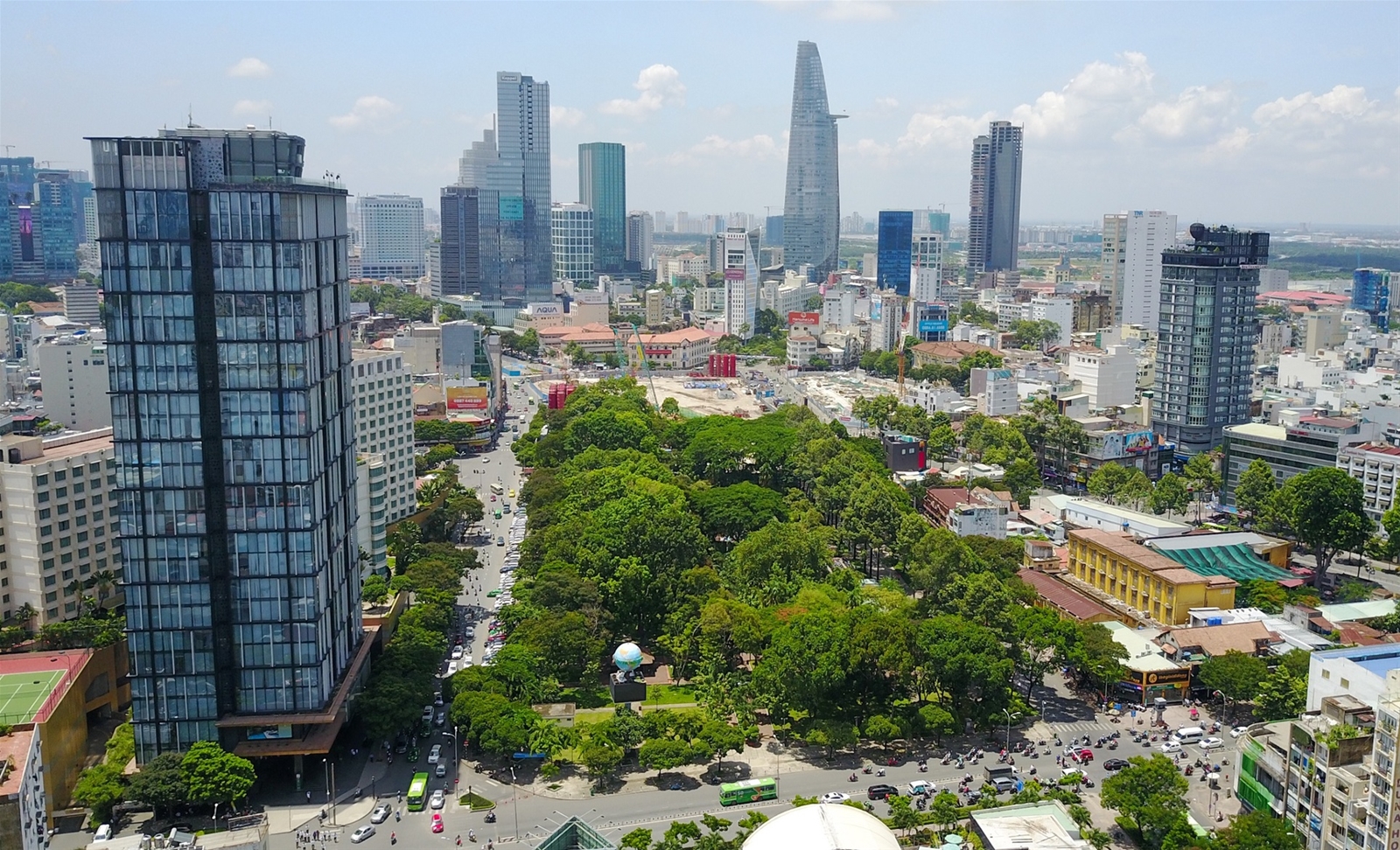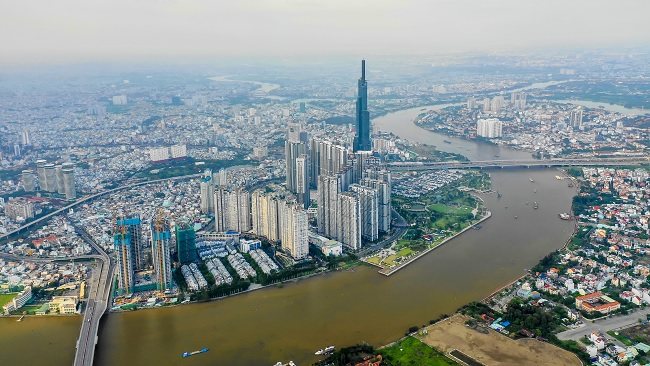
Based on the opinions of 460 real estate professionals, the 2020 Emerging Trends in Real Estate Asia Pacific report published recently by U.S. think tank Urban Land Institute and U.K. professional services company PricewaterhouseCoopers said that the city is behind Singapore and Tokyo.
Ho Chi Minh City (HCMC) has been rising up in the real estate investment rankings for the past five years and it is now rated Asia Pacific’s top city for development and third for investment prospect
Remarkably, it is also ranked as top in buy recommendation for all asset classes including office, retail, residential sector, industrial – distribution assets and hotel.
While investor sentiment towards local emerging markets is now on the wane due to global economic concerns, Ho Chi Minh City received consistently strong feedback in all areas.
The bright prospect of Ho Chi Minh City’s real estate sector thanks to the fact that Vietnam offers strong economic growth, a positive demographic profile and, perhaps most important, is seen as the biggest beneficiary of the slow migration of manufacturing capacity away from China.
HCMC has seen a surge in popularity in the last five years with foreign investors, mainly from Japan, South Korea and Singapore, becoming interested in its property market on expectations of annual returns of 20-25 percent, said the report.
While placing significant amounts of capital in Vietnam remains problematic given the relatively small size of local markets and a general shortage of investment-grade assets, it is receiving strong inflows of capital as a result of incremental shifts of manufacturing capacity away from China.
One result of this migration is that space in emerging-market logistics and business parks “has been selling like hot cakes”, as investors scramble to find a home for new factories.
Industrial real estate rents rose by double digits year-on-year in the first half of 2019 in several Vietnamese provinces, according to Savills research, including 54.6 per cent in Binh Duong and 31.1 per cent in Tay Ninh, northwest of Ho Chi Minh City.

However, the report also highlighted a problem for real estate investors saying HCMC remains a market with relatively few investable assets and where risks are high. Indeed, a number of interviewees commented that too much capital was already being funneled into the wrong places.
Most of the real estate capital going into Ho Chi Minh City has been on the development side, targeted especially at the residential sector. This has led to problems with overbuilding. Land values and rents have also risen sharply across the board.
"Retail space in Ho Chi Minh City is now three times or more the rent of similarly located retail space in Manila," said the report.
According to the city Department of Statistics, Saigon’s base population at the end of 2018 was 8.85 million people.
Transparency remains a weak point, although it is improving, the report stated.
In the region, Singapore, Tokyo, Sydney, and Melbourne, all liquid and transparent markets, are four of the top five cities ranked by investment prospects. All also appeared among the top five cities in PwC's 2019 report, when concerns about an approaching downturn were first aired.
The rest of the top 10 cities for investment are similarly large and liquid.
Having the brightest prospect, Singapore was one of the few markets regionally to see a surge in transactions in the first half of 2019, with most activity driven by cross-border capital.
The office sector has largely absorbed the oversupply, and with vacancies at an all-time low and limited supply in the pipeline, confidence in medium-term prospects has returned.
Hong Kong, meanwhile, has plunged to the bottom of both the investment and development rankings. Months of street protests in the city have been a huge drag on tourist arrivals, with serious knock-on consequences for local retail and hotel sectors.

















